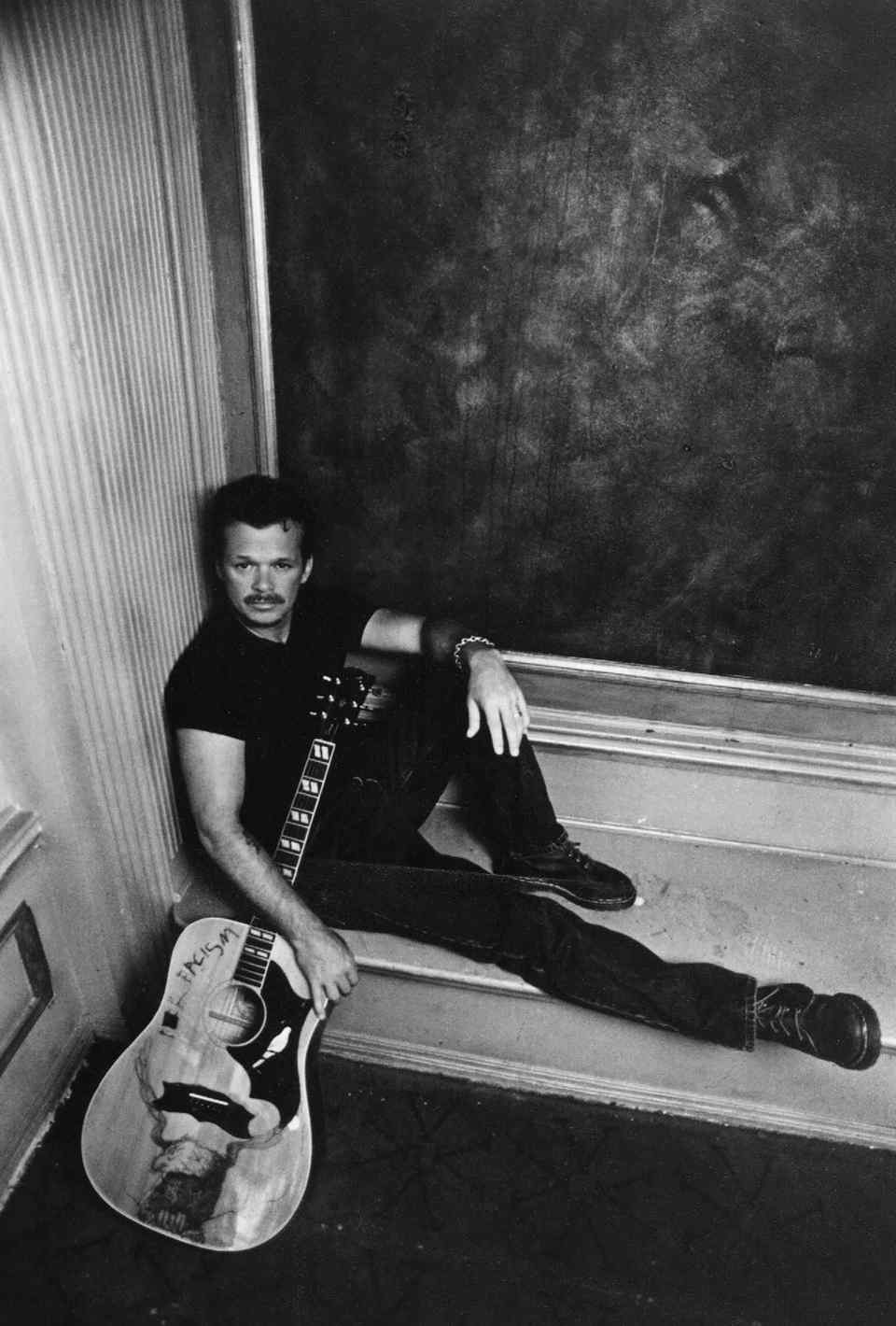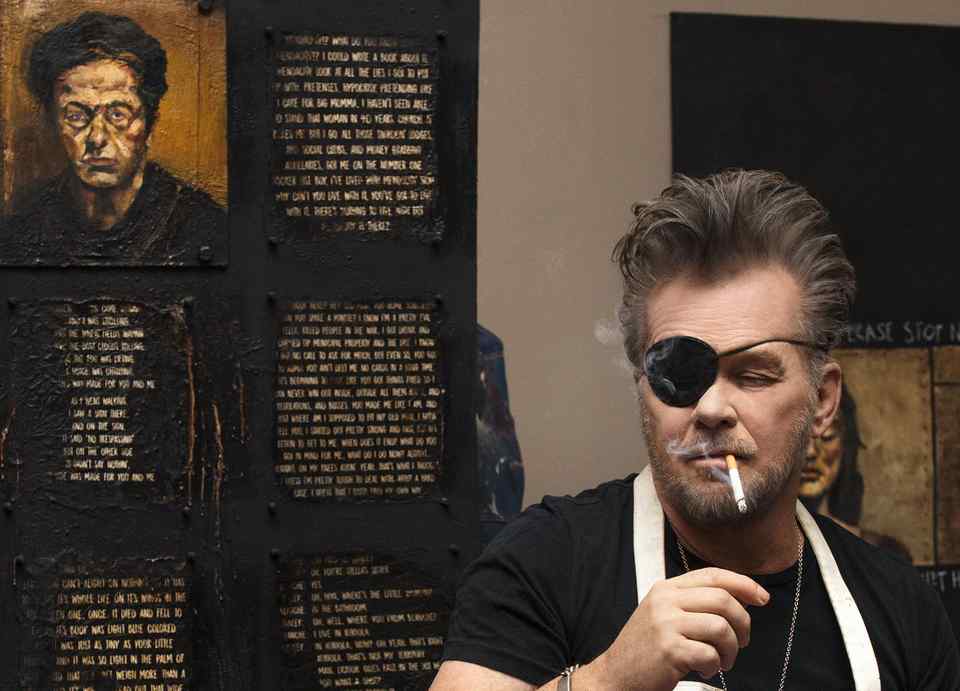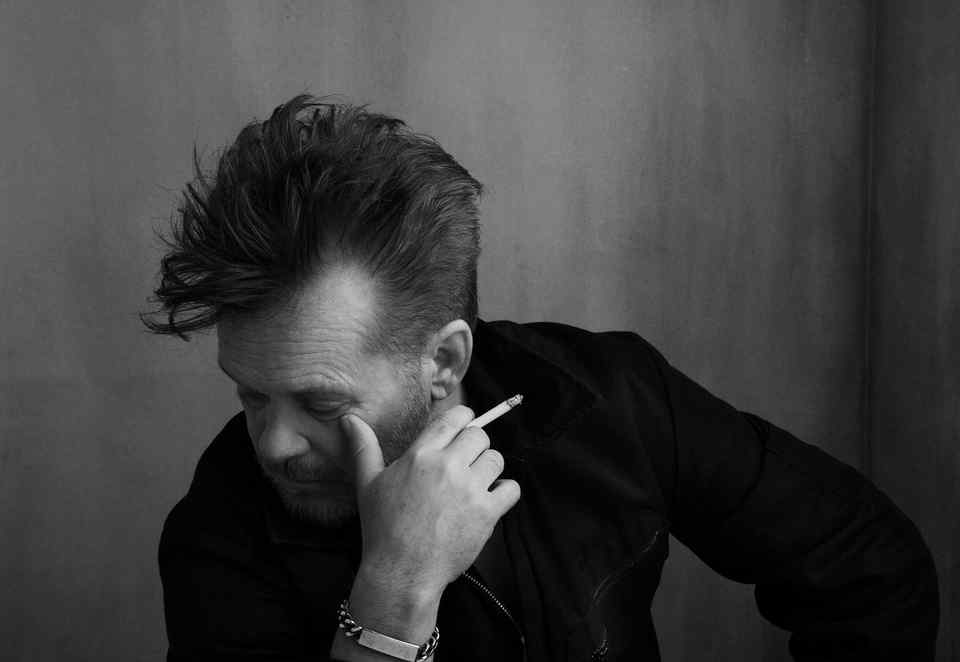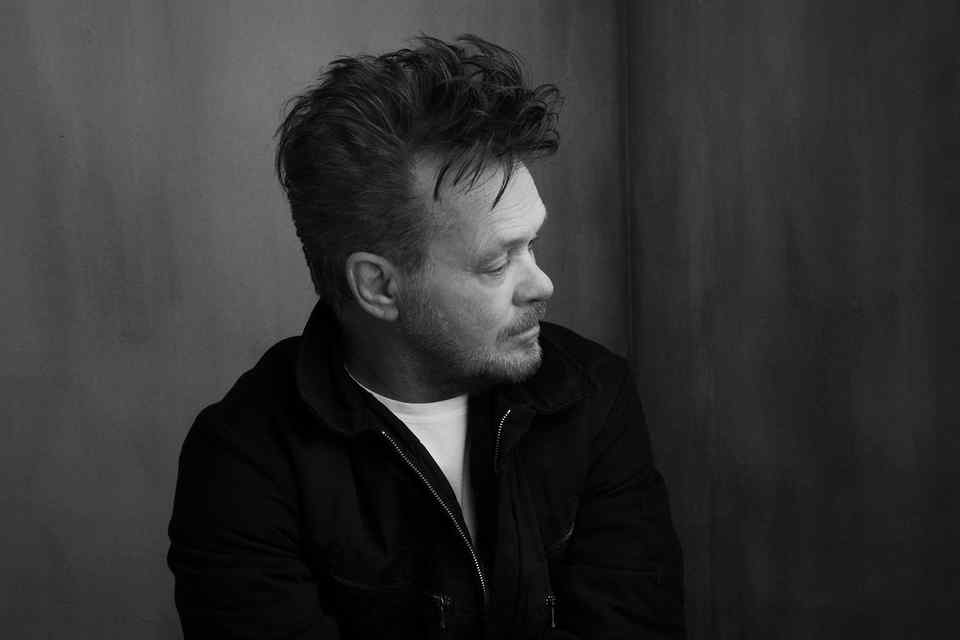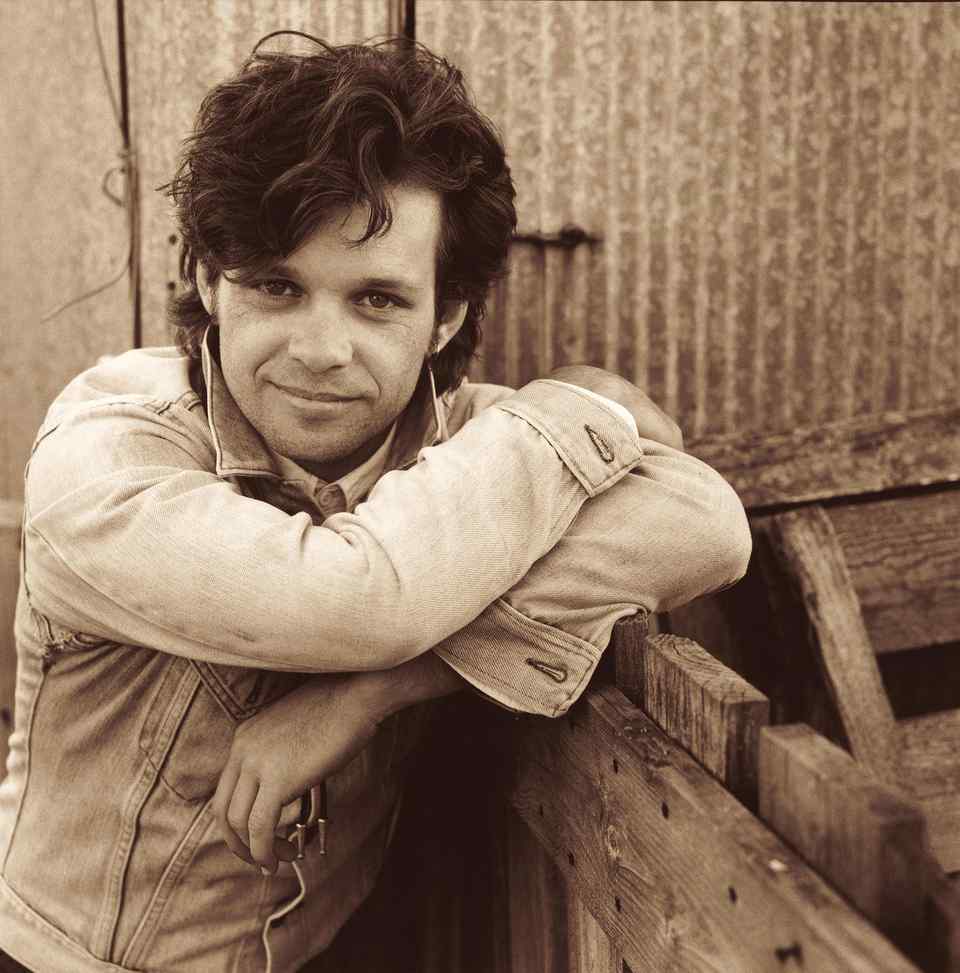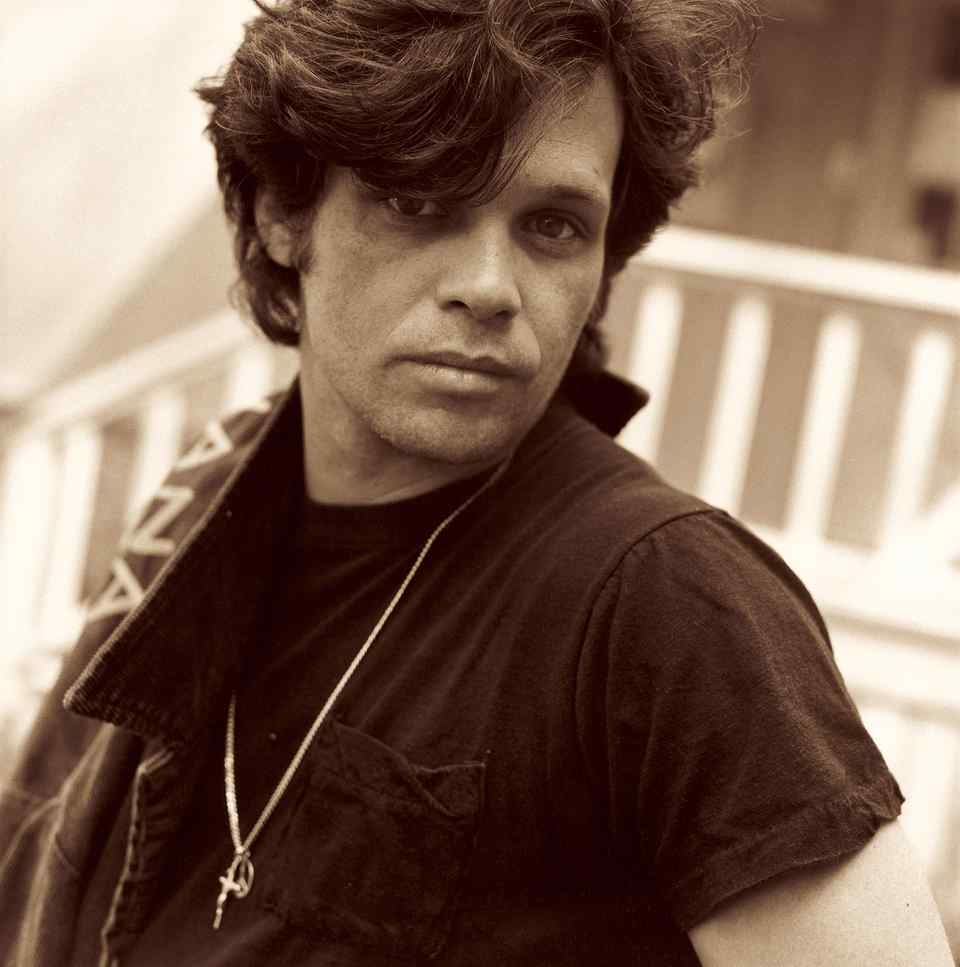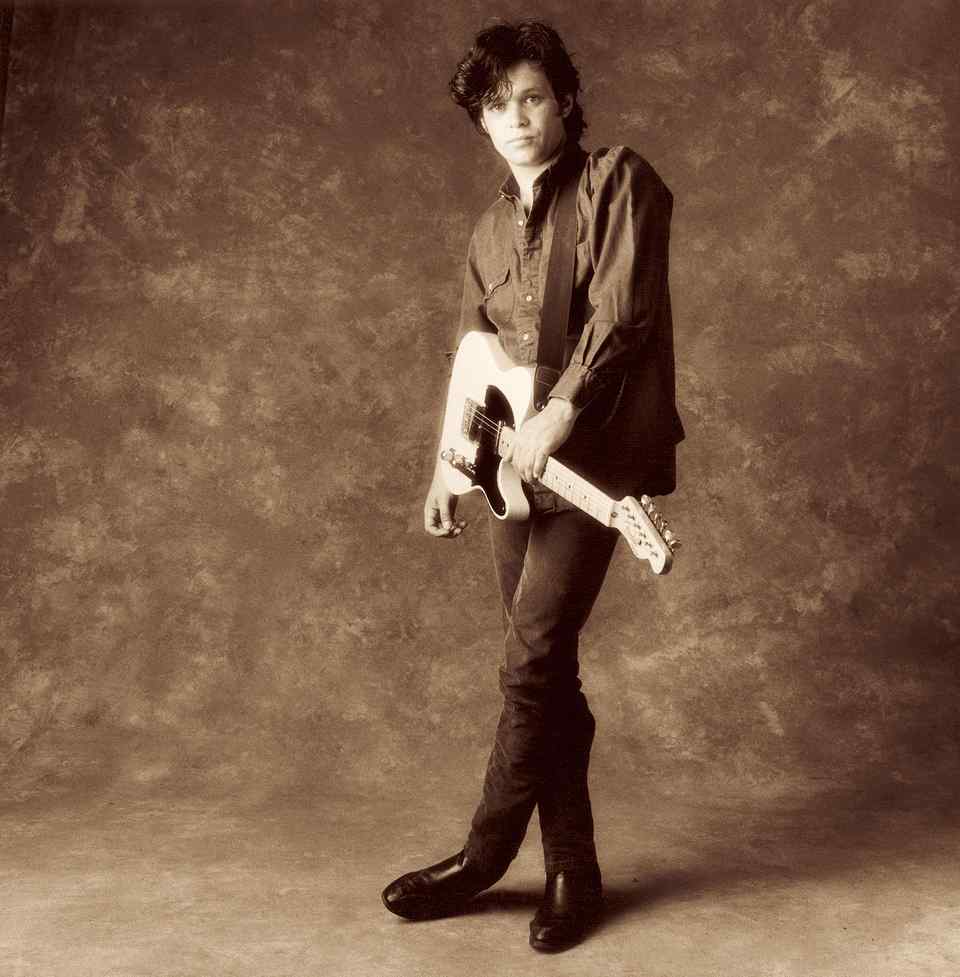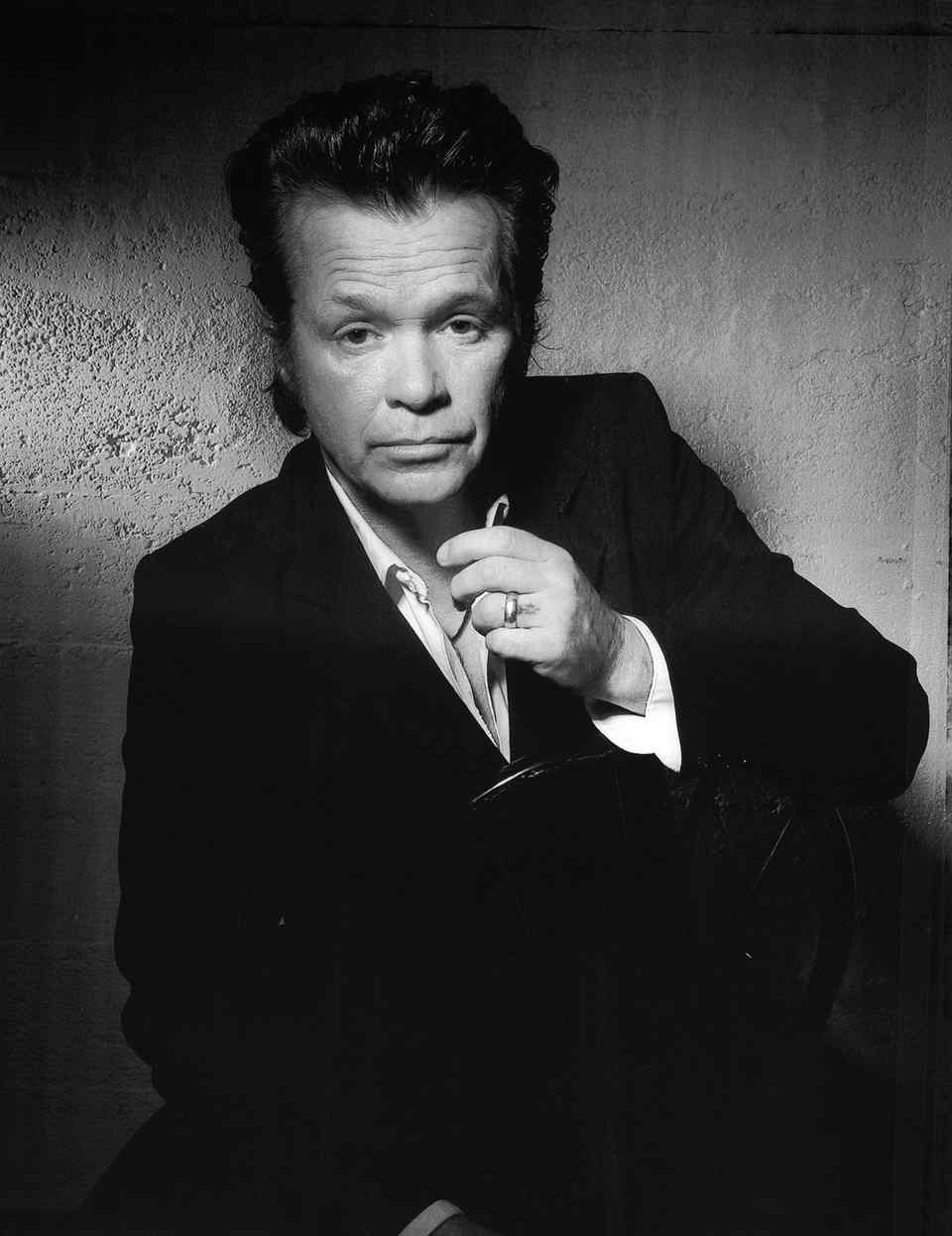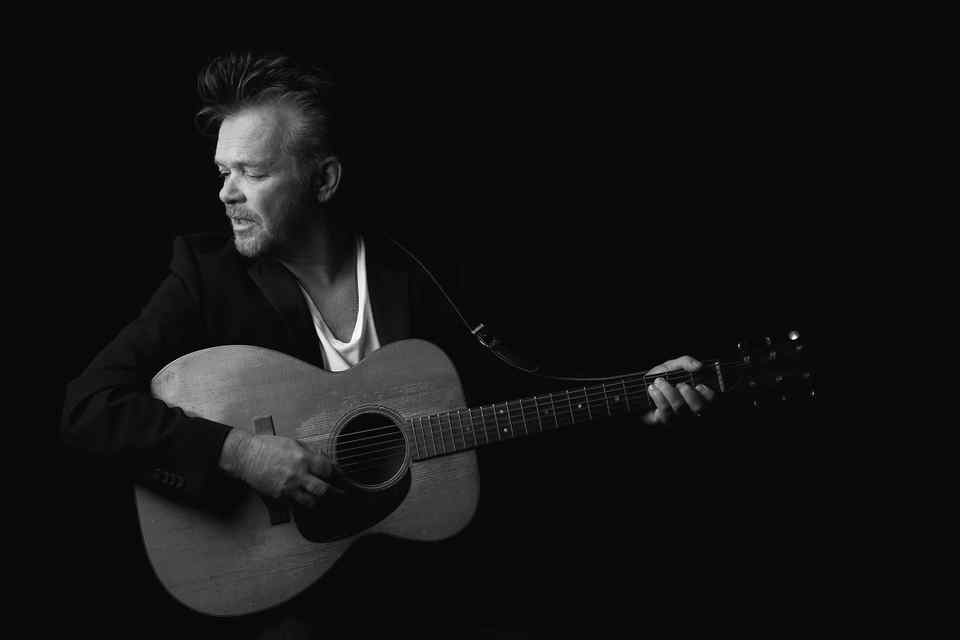Los Angeles Times: John Mellencamp talks 'No Better Than This' and Bob Dylan at Grammy Museum
Los Angeles Times by Randy Lewis
It's a tall order for any musician to one-up Bob Dylan, but John Mellencamp may have pulled it off in February when he and Dylan were invited to perform at the White House as part of a salute to music of the civil rights era.
"Bob was nervous," Mellencamp said during a question-answer-performance session Tuesday at the Grammy Museum, which coordinated the White House event. When a few of the 200 members of the museum audience chuckled at the comment, Mellencamp added, "No, he was really nervous."
Mellencamp? Not so much. The event was Dylan's first time singing at the White House, but Mellencamp had performed there during the Clinton administration. Also, he'd met President Obama and the first lady during the 2008 presidential campaign, so he wasn't particularly intimidated.
The Indiana rocker should have a good barometer on Dylan's mood by now, having spent considerable time with him on tour, including their swing this week through Southern California, where they stopped Thursday night for a show in Ontario.
Mellencamp also took the opportunity while he was in the area to play guest at the Grammy Museum's ongoing series "The Drop," which hosts artists with new albums. Mellencamp's "No Better Than This," produced by T Bone Burnett, is being hailed by critics as equal to his prized recordings of the 1980s, "Scarecrow" and "The Lonesome Jubilee."
But the 58-year-old singer and songwriter was all about good-natured humility and self-deprecation when the event's moderator, museum executive director Robert Santelli, praised the quality of those earlier efforts.
"I love those records, but they were happy accidents," Mellencamp replied. "We didn't know what we were doing at all."
He said that only in the last five years, since he started working with Burnett, who also produced his 2008 album "Life Death Love and Freedom," has he gotten a firm grip on what he wants to do musically and how to do it.
"No Better Than This" also invites comparisons with legends because it was recorded at three historic sites: Sun Studios in Memphis where Elvis Presley, Johnny Cash and Jerry Lee Lewis got their starts; the First African Baptist Church in Savannah, Ga., an important post along the underground railroad helping slaves work their way north to freedom in the 19th century; and in Room 414 at the Gunter Hotel in San Antonio, where blues pioneer Robert Johnson made his fabled records in 1936.
With the help of a crew of choice musicians picked by Mellencamp and Burnett, they recorded essentially live, in mono, without overdubs, creating a sound akin to the influential blues and rock records made 50, 60 and 70 years ago.
"I think what we succeeded with on this record was in capturing a moment. The problem with pop music today is there is no moment to capture," he said, referring to recordings dependent on extensive studio production work.
Asked whether he considers the new record to be a "throwback" or "retro" outing, Mellencamp said "I don't know if 'throwback' is the right word.... Our purpose in going into these places was not to emulate anyone or to pretend to be anything. We just wanted to take it back to the beginning."
The album opens on an optimistic note not unlike Dylan's "Forever Young," with Mellencamp urging listeners to "Save some time to dream / 'Cause your dream could save us all."
Others are darker accounts of decline ("The West End"), hopelessness ("No One Cares About Me") and struggle ("Right Behind Me").
The album's magnum opus is the 6 1/2 -minute "Easter Eve," a gritty yet humor-filled tale of a man and his son who get drawn into an altercation in a cafe that ends in death. "I really had fun writing that one," Mellencamp said with a grin after the 90-minute program, relaxing in an upstairs green room with Burnett and a few other friends, his wife and their two teenage sons.
Asked whether he's performing "Easter Eve" live, with a quick shake of his head he said, "No — it's got too many words."
The song consists of an imposing 13 verses; for Mellencamp, it's just one more tall order.
It's a tall order for any musician to one-up Bob Dylan, but John Mellencamp may have pulled it off in February when he and Dylan were invited to perform at the White House as part of a salute to music of the civil rights era.
"Bob was nervous," Mellencamp said during a question-answer-performance session Tuesday at the Grammy Museum, which coordinated the White House event. When a few of the 200 members of the museum audience chuckled at the comment, Mellencamp added, "No, he was really nervous."
Mellencamp? Not so much. The event was Dylan's first time singing at the White House, but Mellencamp had performed there during the Clinton administration. Also, he'd met President Obama and the first lady during the 2008 presidential campaign, so he wasn't particularly intimidated.
The Indiana rocker should have a good barometer on Dylan's mood by now, having spent considerable time with him on tour, including their swing this week through Southern California, where they stopped Thursday night for a show in Ontario.
Mellencamp also took the opportunity while he was in the area to play guest at the Grammy Museum's ongoing series "The Drop," which hosts artists with new albums. Mellencamp's "No Better Than This," produced by T Bone Burnett, is being hailed by critics as equal to his prized recordings of the 1980s, "Scarecrow" and "The Lonesome Jubilee."
But the 58-year-old singer and songwriter was all about good-natured humility and self-deprecation when the event's moderator, museum executive director Robert Santelli, praised the quality of those earlier efforts.
"I love those records, but they were happy accidents," Mellencamp replied. "We didn't know what we were doing at all."
He said that only in the last five years, since he started working with Burnett, who also produced his 2008 album "Life Death Love and Freedom," has he gotten a firm grip on what he wants to do musically and how to do it.
"No Better Than This" also invites comparisons with legends because it was recorded at three historic sites: Sun Studios in Memphis where Elvis Presley, Johnny Cash and Jerry Lee Lewis got their starts; the First African Baptist Church in Savannah, Ga., an important post along the underground railroad helping slaves work their way north to freedom in the 19th century; and in Room 414 at the Gunter Hotel in San Antonio, where blues pioneer Robert Johnson made his fabled records in 1936.
With the help of a crew of choice musicians picked by Mellencamp and Burnett, they recorded essentially live, in mono, without overdubs, creating a sound akin to the influential blues and rock records made 50, 60 and 70 years ago.
"I think what we succeeded with on this record was in capturing a moment. The problem with pop music today is there is no moment to capture," he said, referring to recordings dependent on extensive studio production work.
Asked whether he considers the new record to be a "throwback" or "retro" outing, Mellencamp said "I don't know if 'throwback' is the right word.... Our purpose in going into these places was not to emulate anyone or to pretend to be anything. We just wanted to take it back to the beginning."
The album opens on an optimistic note not unlike Dylan's "Forever Young," with Mellencamp urging listeners to "Save some time to dream / 'Cause your dream could save us all."
Others are darker accounts of decline ("The West End"), hopelessness ("No One Cares About Me") and struggle ("Right Behind Me").
The album's magnum opus is the 6 1/2 -minute "Easter Eve," a gritty yet humor-filled tale of a man and his son who get drawn into an altercation in a cafe that ends in death. "I really had fun writing that one," Mellencamp said with a grin after the 90-minute program, relaxing in an upstairs green room with Burnett and a few other friends, his wife and their two teenage sons.
Asked whether he's performing "Easter Eve" live, with a quick shake of his head he said, "No — it's got too many words."
The song consists of an imposing 13 verses; for Mellencamp, it's just one more tall order.
